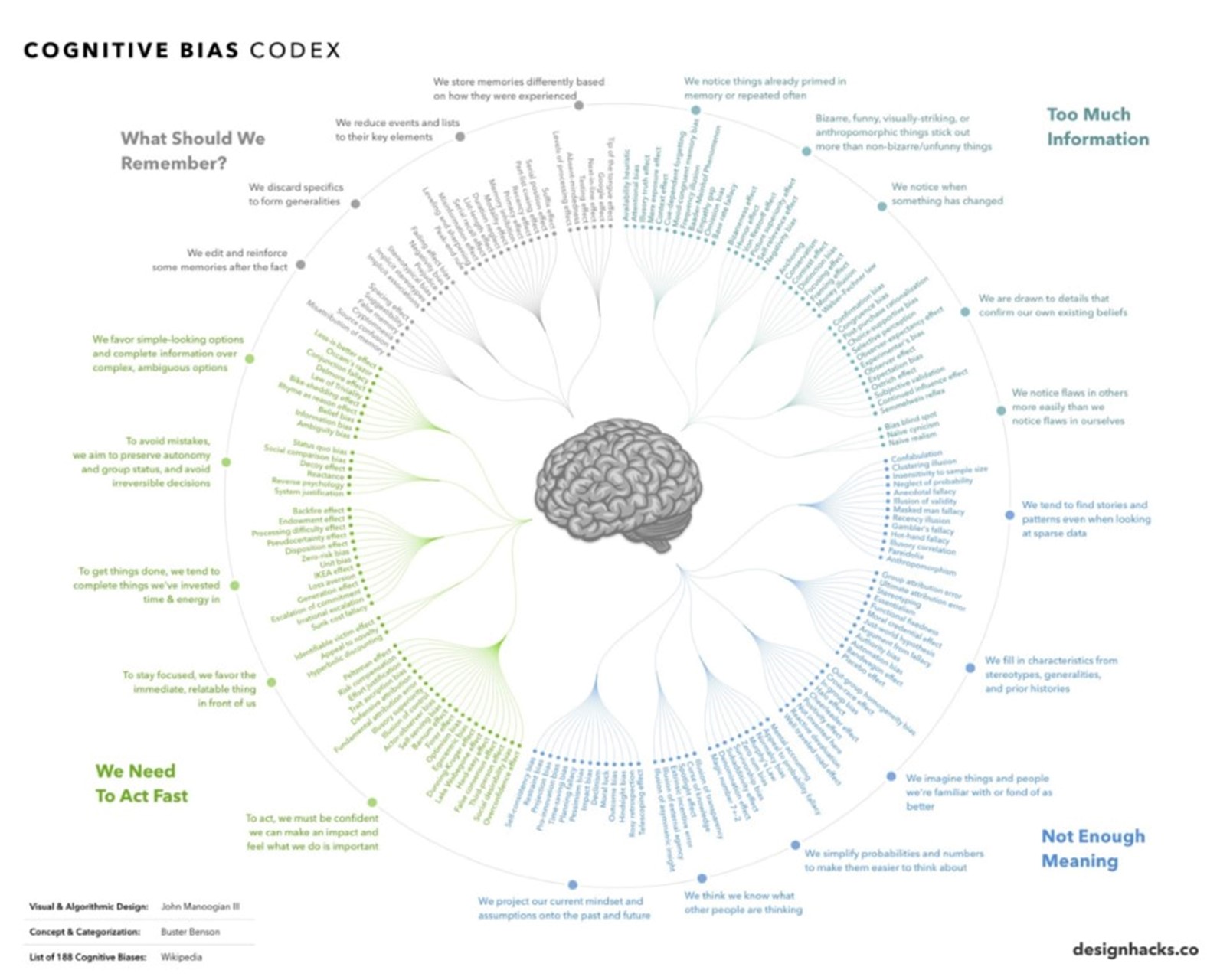Cognitive Bias #1: The Mere Exposure Effect. In a 1968 study, Oregon State University Professor Charles Goetzinger ran an experiment in his classroom. He had one student come to each meeting in a black bag with only his feet visible. Initially, his students treated the “black bag” with hostility. Over time, as they kept seeing the black bag in class every day, their hostility turned into curiosity. Eventually, classmates developed friendships with the student in the blackbag.
Cognitive Bias #2: Loss Aversion. Most people will find it more painful to lose $10 than to miss out on an opportunity to gain $10. Consider offering free samples, demos, or even a free trial period, like Amazon Prime offers below. Offer a limited-time bonus. Show your prospects just how urgent the offer is by using a countdown timer. If you advertise and offering that is only available for a limited time, you create a sense of scarcity.
Cognitive Bias #3: The Compromise Effect: In a 1992 experiment, researchers gave participants the opportunity to choose between 35mm Minolta cameras. The majority – 57% – went for the middle (“compromise”) option. When designing your pricing plan, place the compromise option (or your main option) in the middle to give it a kind of special attention, making people focus on it more than the other extreme options.
Cognitive Bias #5: The IKEA Effect. People tend to value a product more if they were involved in its creation. Involve consumers in the process of building your products. Give users the option of having your products customized for them. When Coca-Cola launched this initiative and allowed users to have their own customized version of the Coke, sales exploded. The Share a Coke campaign was one of the most successful marketing campaigns ever in Coca- Coke’s history.
Cognitive Bias #6. Peltzman Effect or Risk Compensation Theory. The less “risky’ you make doing business with you, the higher your conversions. People will judge a book by its cover – and your business by your website. If you lower the perceived risk of your website, then you can encourage more of your visitors to convert. Outline a clear “no-risk-on-you” refund/return policy. Make it easy for prospects to contact you.

Auto69
https://www.wordstream.com/blog/ws/2018/12/06/cognitive-biases